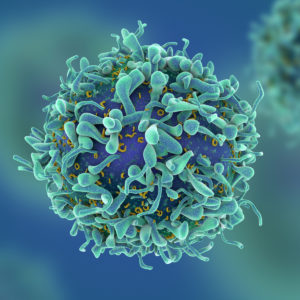In a dramatic upsurge since the 1980s, cancer drugs now account for more than one-fourth of all new drug approvals in the United States since 2010, up from 4% a few decades ago, according to a new analysis from the Tufts Center for the Study of Drug Development (CSDD).
From 1980 through 2018, the U.S. Food and Drug Administration (FDA) approved a total of 126 cancer drugs to treat solid and hematologic tumors.
The analysis, summarized in the September/October Tufts CSDD Impact Report, also found that:
- Clinical development time for cancer drug approvals during 1999–2018 was 9% longer compared to non-cancer drugs.
- Regulatory approval phase time for cancer approvals during 1999–2018 was 48% shorter on average vs. non-cancer approvals.
- Total clinical development and approval phase times during 1999–2018 was 17% longer on average for hematologic drugs (8.8 years) compared to drugs for solid tumors (7.5 years).
- Substantially higher percentages of new cancer drug approvals received priority ratings from the FDA and had orphan drug status during 1999–2018 compared to new non-cancer drug approvals.
“New approaches to development helped to drive the surge in new oncology products, including improvements in clinical trial design, novel drug formats, and a focus on new and validated targets,” said Joseph A. DiMasi, research associate professor and director of economic analysis at Tufts CSDD, who conducted the analysis. “Those efforts appear to have paid off, as cancer patients today have many more effective treatment options.”
DiMasi noted that pressure for still more oncology drugs is likely to continue to address currently untreatable or inadequately treated cancers.
“Developers will be challenged to control development costs—particularly those tied to recruiting sufficient numbers of patients for clinical trials involving rare cancers—and [to] manage payer pressure to control drug prices and contain pharmaceutical spending in the U.S.,” DiMasi said.
Editor: Michael Causey



